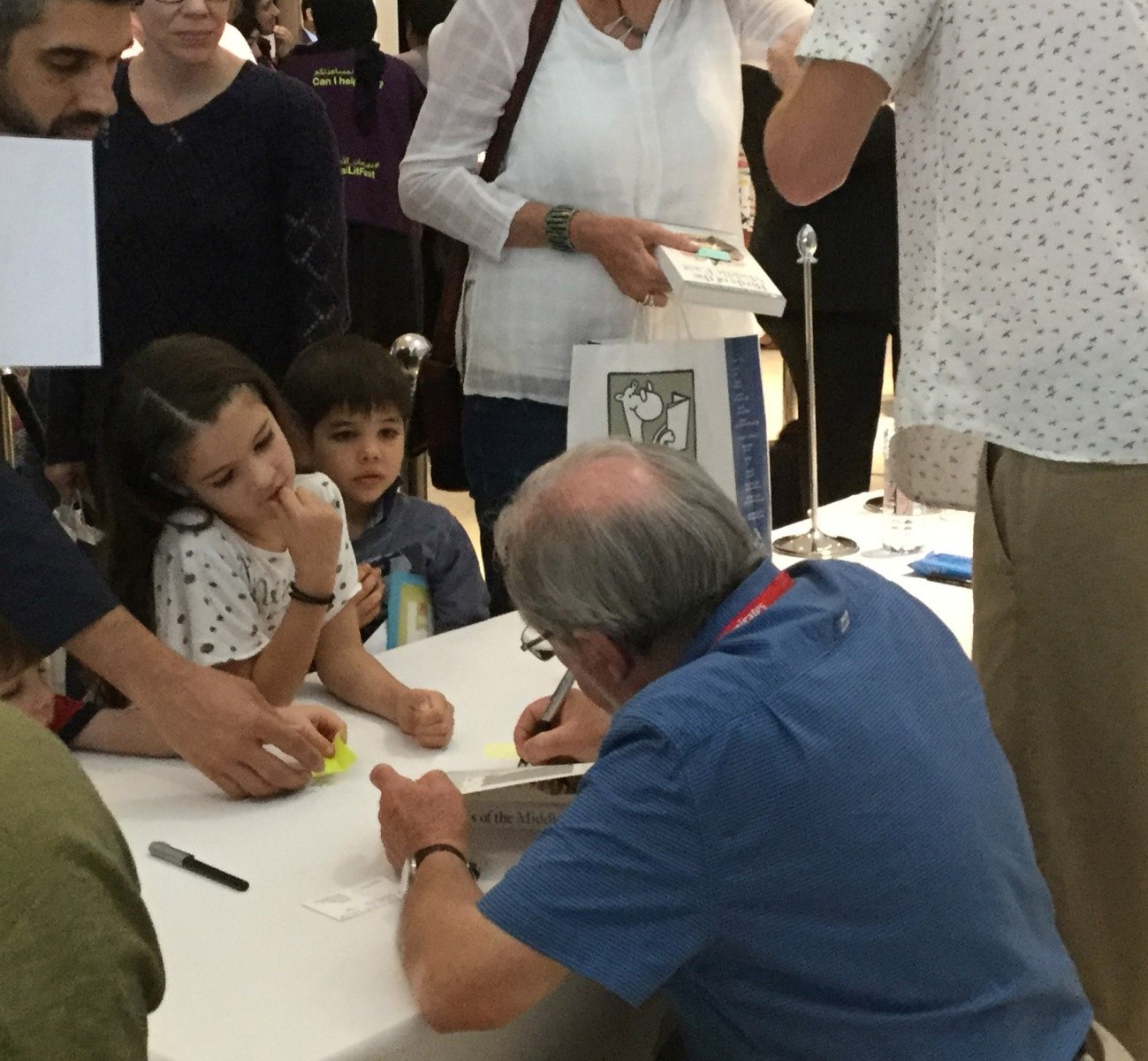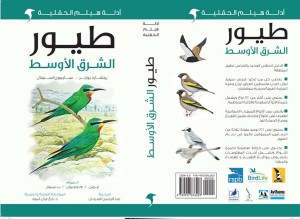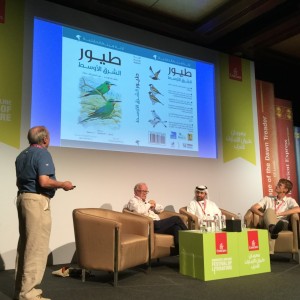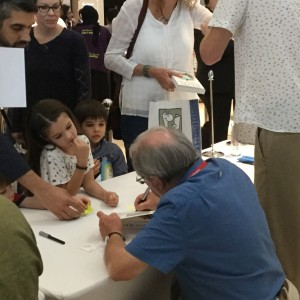The Bloomsbury Wildlife team share their favourite nature books

For hundreds of years, writers have been capturing the wonder of the natural world in poetry and prose, and exploring our changing relationship with nature. Throughout November, the Arts & Humanities Research Council have teamed up with research project Land Lines to track down the UK’s favourite book about nature. As committed nature book-lovers we couldn’t shy away from this challenge! We’ve asked the Bloomsbury Wildlife team to tell us their ultimate favourites.
H is for Hawk by Helen Macdonald
It’s great to see people talking and thinking about their favourite nature book. Everyone should have one. I know I do – it’s H is for Hawk by Helen Macdonald. Before it came out I’d been a friend of Helen’s on Twitter for a while, and gently following the procession to publication of her book. I got a copy more or less the day it came out – not because I was swept along by the hype (there wasn’t really any), but because she was fun to chat to and I was interested to read what she’d written. I didn’t really know anything much about the book, or about her, either.
And of course it blew me away, like everybody else who has read it. What I hadn’t realised was that prior to publication, I’d been swapping 140-character nonsense with someone who, in time, will be considered a true great of English literature. You don’t need me to tell you how good H is for Hawk is. It’s not just a nature book – it’s the best non-fiction work of the century so far. H is for Hawk will be read and enjoyed for generations to come. And yes, I am annoyed I didn’t publish it.
Jim Martin, Publisher
Ring of Bright Water by Gavin Maxwell
Written in 1959 and published in 1960, Ring of Bright Water is a firm classic of nature writing and my all-time favourite of the genre. Gavin Maxwell writes beautifully about the life he lived in Sandaig with his pet otters, and his eccentric devotion to them. There is definitely a reason that this is one of the most popular nature books ever written. In parts it reads like a fairy tale – it is beautiful, evocative and romantic. If you haven’t read it, I urge you to!
The Living Mountain by Nan Shepherd
The Guardian calls The Living Mountain ‘the finest book ever written on nature and landscape in Britain’ – and I completely agree. Nan Shepherd beautifully describes her journeys into the Cairngorm mountains of Scotland – musing on the ways in which we form emotional connections with our landscapes. It is a book that delights with each rereading.
Julie Bailey, Senior Commissioning Editor
Animalium by Jenny Broom and Katie Scott
Animalium is such a beautiful book – and a great idea for it to be framed as a ‘virtual museum’. Each chapter features a different branch of the tree of life, from the sponge to the elephant. I was completely absorbed!
Jenny Campbell, Editor
A Walk in the Woods by Bill Bryson
My favourite nature book is Bill Bryson’s A Walk in the Woods. I find Bill’s writing absolutely hilarious – and in between the laugh-out-loud descriptions of his hapless attempts to walk the Appalachian trail, he offers beautiful descriptions of the American countryside, as well as interesting facts.
Molly Arnold, Editorial Assistant
On The Black Hill by Bruce Chatwin
I’m not sure if this strictly counts but On The Black Hill steals my top spot because of its touching portrayal of a human relationship with the land. It is set on a farm in rural Wales, and revolves around two brothers who never leave home. It’s a wonderful story; so well told. I read it on the recommendation of my Year 9 English teacher and it has stayed with me ever since. Bruce Chatwin even inspired my visit to Patagonia.
Hannah Paget, Senior Marketing Executive
What’s your favourite book about nature? Join in by tweeting #favnaturebook before midnight on 30th November 2017. The results will be announced in February 2018.
Feeling inspired? Browse through our collection of brilliant nature writing.
Lars Jonsson’s Winter Birds

World-renowned ornithologist Lars Jonsson, born in Sweden in 1952, is widely regarded as one of the greatest bird artists of all time. He lives in southern Gotland, where he runs his own museum and immerses himself in the rich birdlife of the open countryside.
In this stunning book, Jonsson celebrates and explores the beauty of the birds that surround him during the Swedish winter months. He illustrates each bird in his classic style, and his text provides information on their behaviour and insight into how to identify them as he shares personal observations as both an artist and ornithologist.
Inspired by the desolate, wintry landscapes, the dazzling light and the stark contract of colours he observes against the snow, Jonsson has created an unparalleled collection of art.
Explore the selection of beautiful images taken from Winter Birds, alongside commentary from Lars Jonsson.
The Blackbird
The Blackbird prefers to nest in gardens and many of us see it close by, in city or countryside, perched quietly on a bush in winter. For many, it is doubtless its song on late-winter/early-spring evenings that leads them to have a strong feeling for the Blackbird. The Blackbird male is well suited as an object of study aimed at understanding how passerines moult: this can be done well and in comfort from the kitchen window on a winter’s day if you put out a few apples.
The Green Woodpecker belongs to a group of woodpeckers which are sometimes called ‘ground woodpeckers’ and therein lies the explanation of why they are predominantly green on the upperparts. They feed largely on ants which they find on the ground, down beneath turves or in ant-hills. Against the grass surface the colour functions as a camouflage.
The Rook
The Rook is the size of a Hooded Crow but seems more slender in build, with a longer, more wedge-shaped bill and somewhat more ‘loosely joined’ wings and tail. If you watch a Rook in light wind, it is often as if the feathers are lifted by the wind and the wing looks a little ‘looser’. This creates interesting shadow effects for an artist, and Rooks are enjoyable subjects. Their featherless face adds a human characteristic and when seen from the front it resembles an old woman with a black head-scarf.
Images taken from Winter Bids by Lars Jonsson, available now.


















































